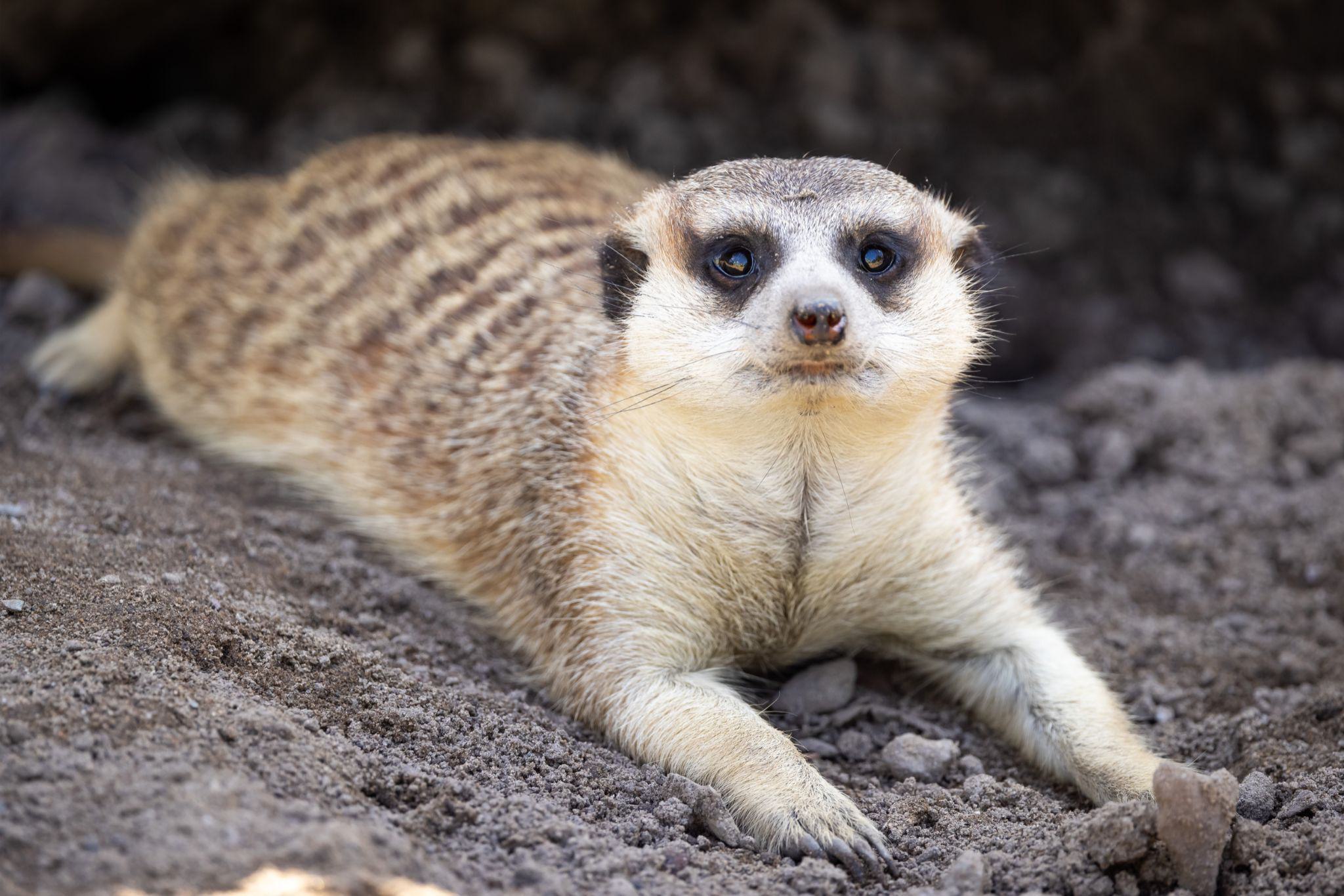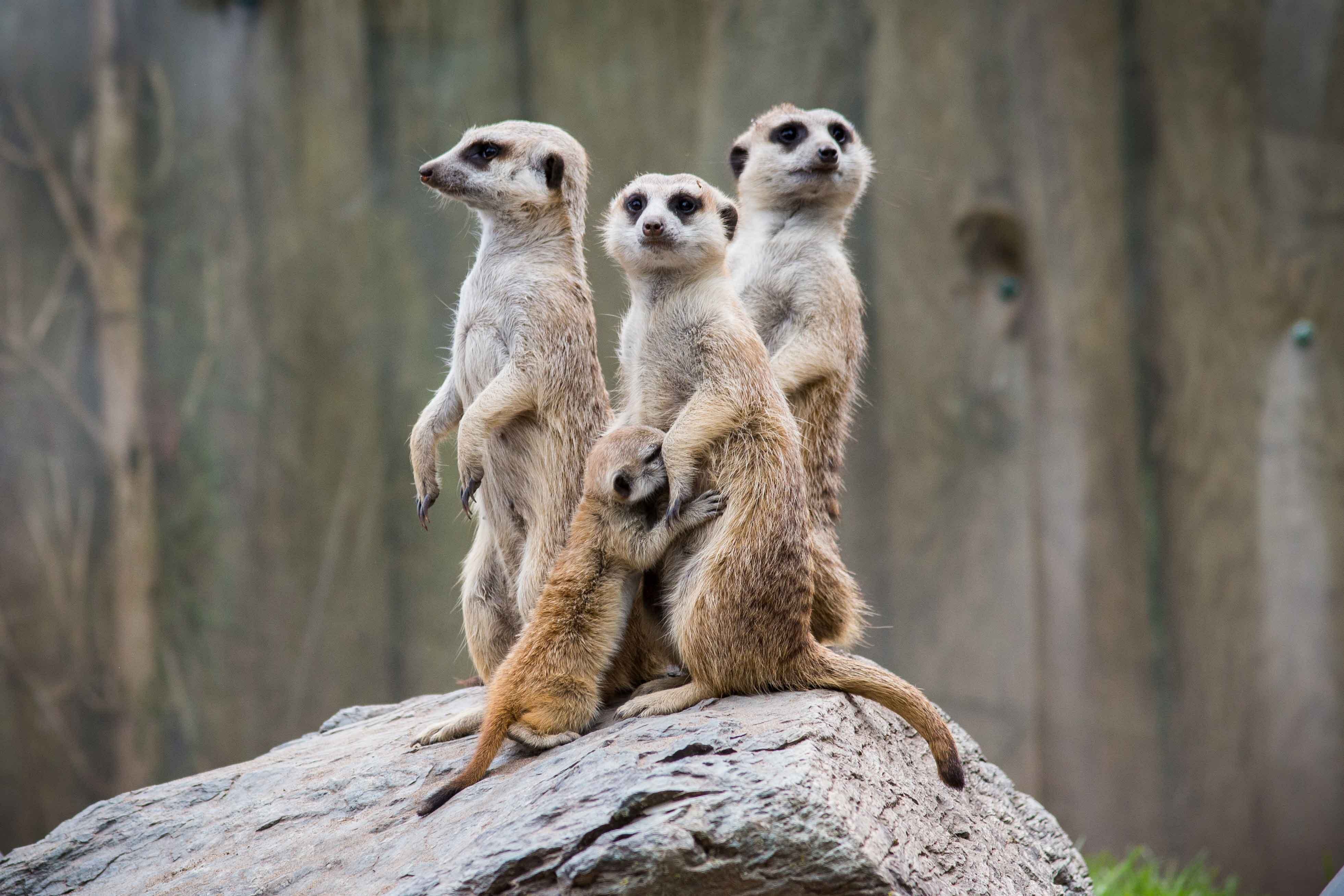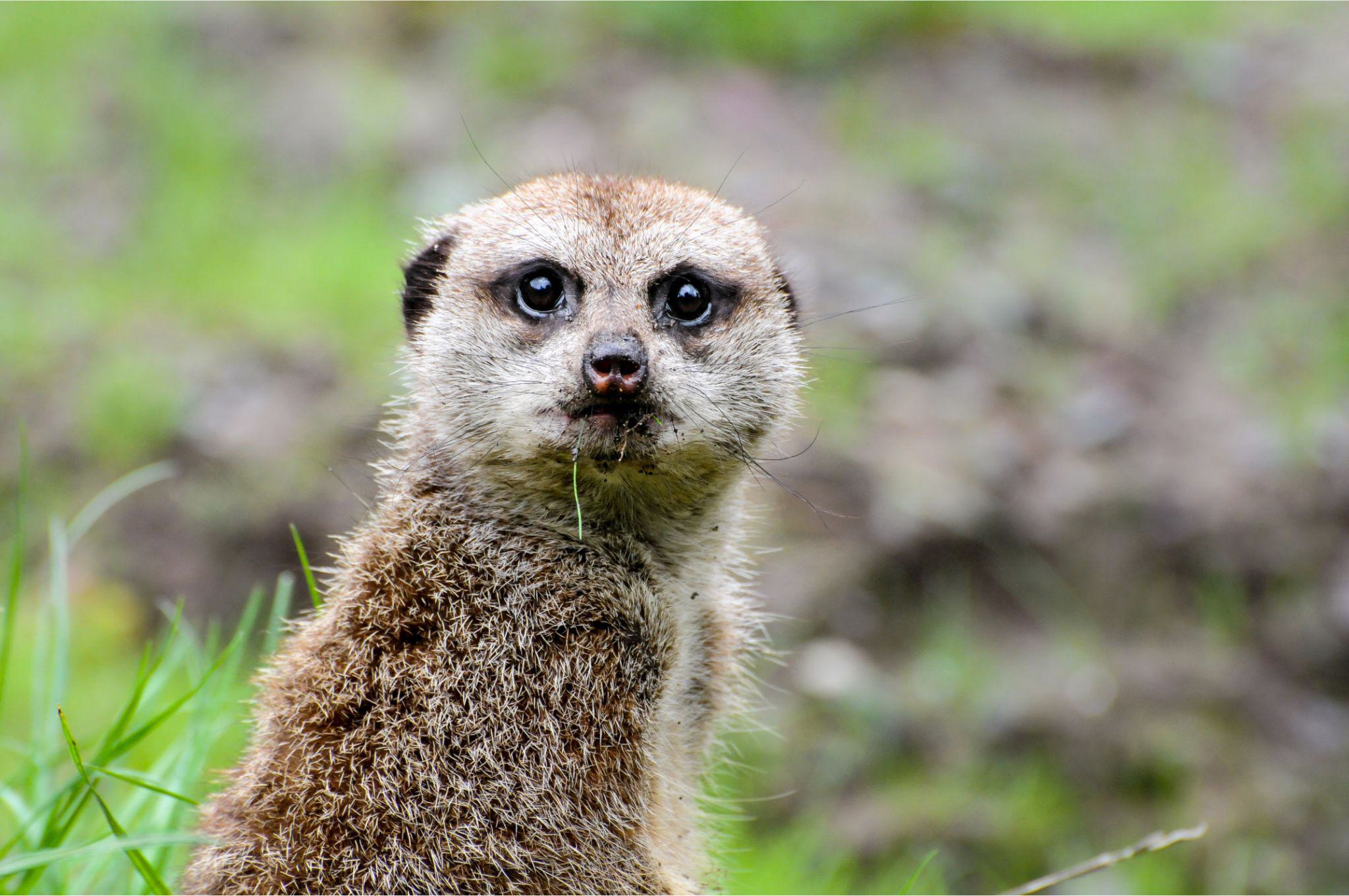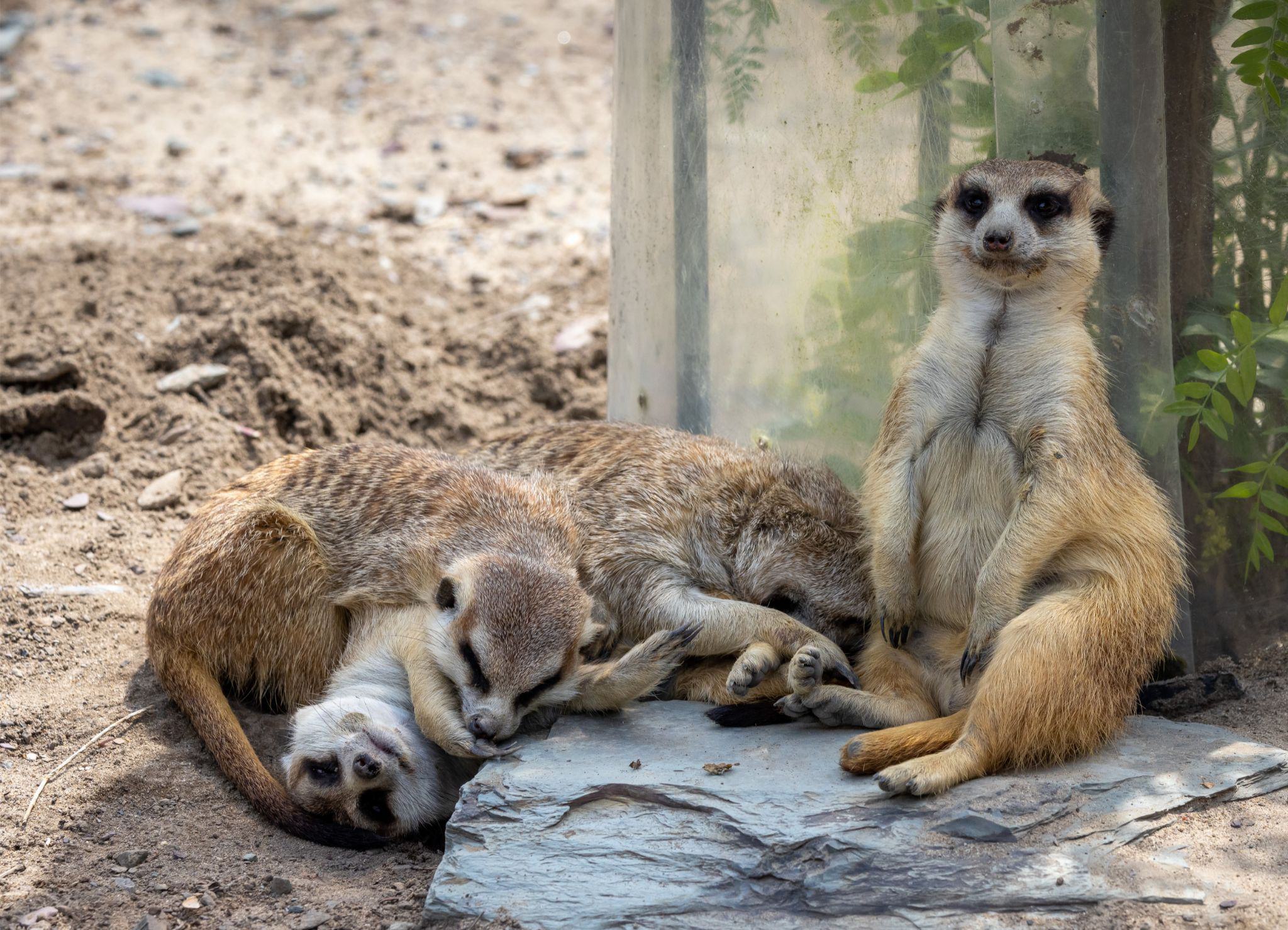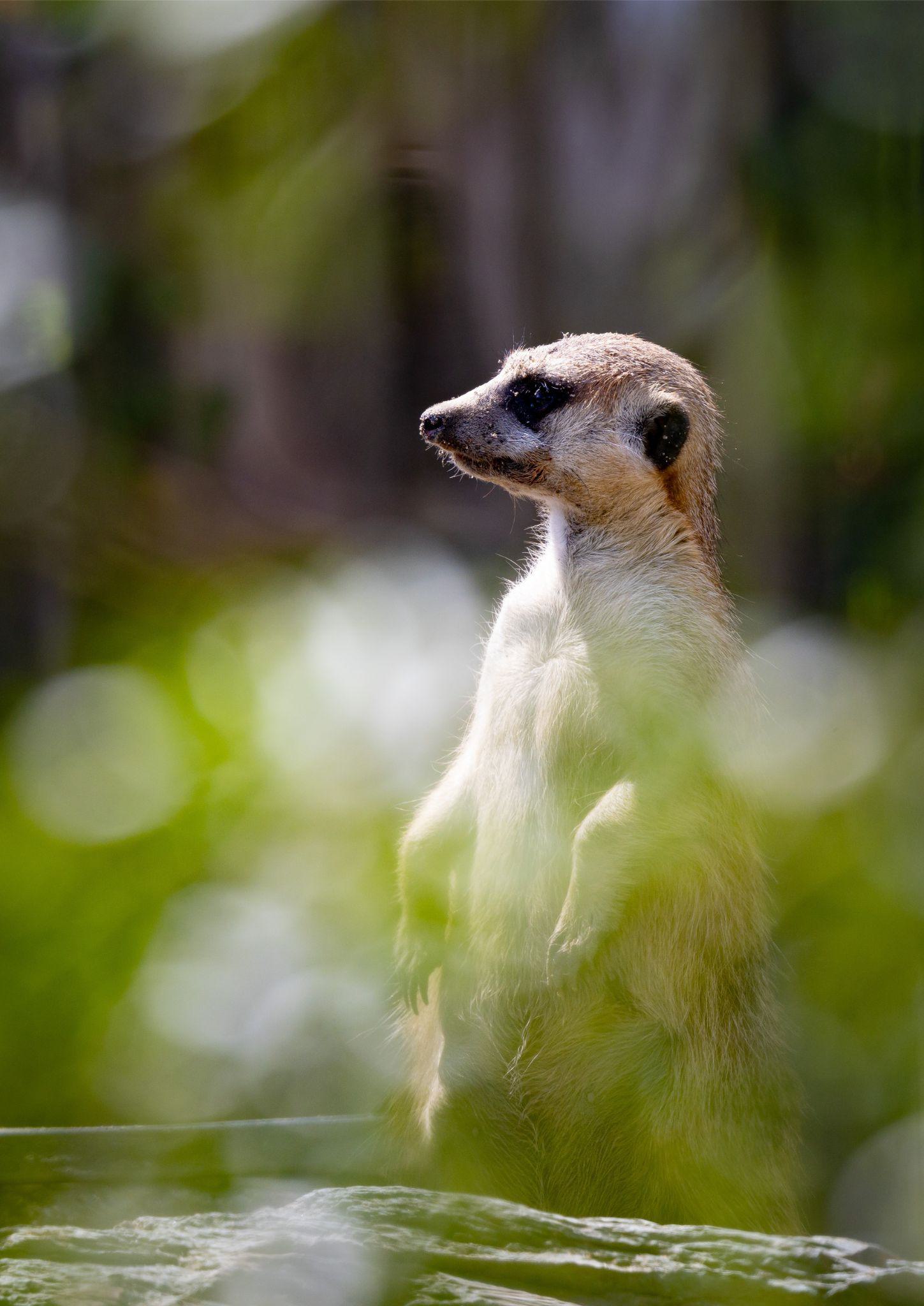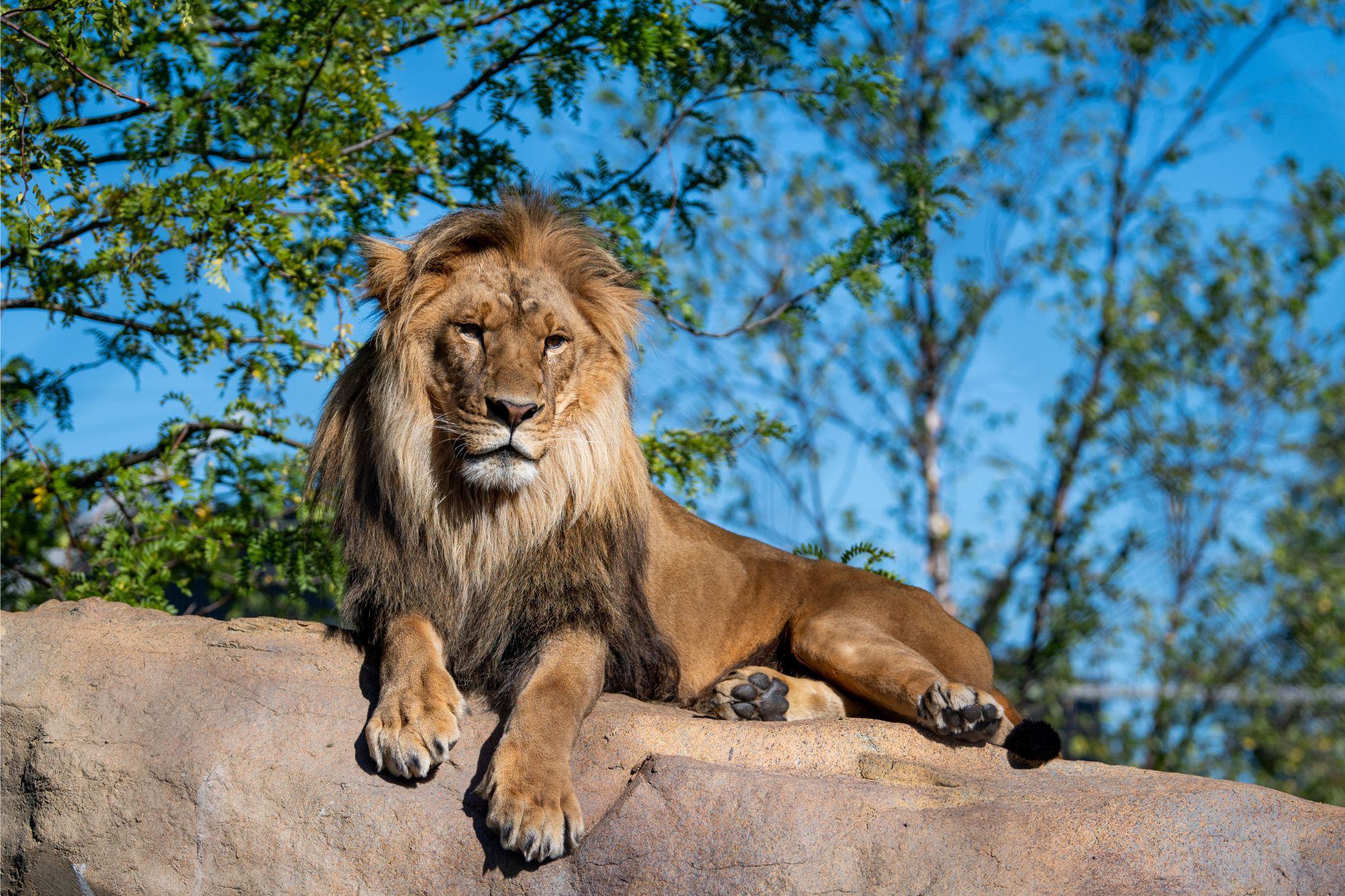
Meerkat
Meerkat
Distribution
Southern Africa
Diet
Carnivore
Habitat
Desert Regions
Latin Name
Suricata suricatta
IUCN conservation status
Long and sand-coloured, meerkats live in a tightly knit clan where everyone looks after each other.
Interesting informations
